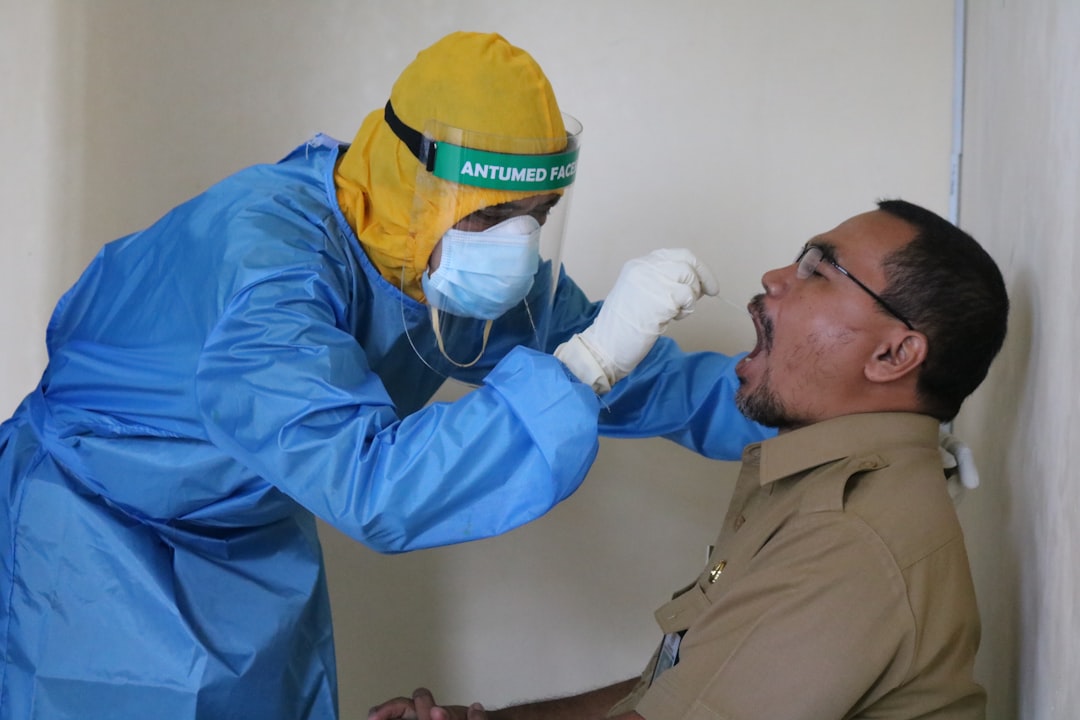What is it about?
Abstract Glycoprotein IIb/IIIa (GPIIb/IIIa) is the most abundant platelet surface receptor for fibrinogen and von Willebrand factor. Polymorphism PlA1/A2 in the gene of GPIIb/IIIa is among the risk factors for the development of arterial and venous thrombosis. The aim of this study is to evaluate the effect of the carriage of PlA1/A2 on the size, topographic features, and membrane stiffness of platelets from healthy controls and patients with deep venous thrombosis (DVT). Atomic force microscopy (AFM) imaging and nanoindentation (force–distance curves) were applied to investigate the morphological and nanomechanical properties (Young’s modulus) of platelets immobilized on glass surface. The surface roughness (Ra) and height (h) of platelets from patients with DVT, carriers of mutant allele PlA2 (Ra = 30.2 ± 6 nm; h = 766 ±182 nm) and noncarriers (Ra = 28.6 ±6 nm; h = 865± 290 nm), were lower than those of healthy carriers of allele PlA2 (Ra = 48.1±12 nm; h = 1072±338 nm) and healthy noncarriers (Ra = 49.7 ± 14 nm; h = 1021 ± 433 nm), respectively. Platelets isolated from patients with DVT, both carriers and noncarriers, exhibit much higher degree of stiffness at the stage of spreading (E = 327±85 kPa and 341±102 kPa, respectively) compared to healthy noncarriers (E = 198 ± 50 kPa). In addition, more pronounced level of platelet activation was found in polymorphism carriers. In conclusion, the carriage of PlA2 allele modulates the activation state, morphology, and membrane elasticity of platelets.
Featured Image
Read the Original
This page is a summary of: PlA2 Polymorphism in Glycoprotein IIb/IIIa Modulates the Morphology and Nanomechanics of Platelets, Clinical and Applied Thrombosis/Hemostasis, January 2017, SAGE Publications,
DOI: 10.1177/1076029616687847.
You can read the full text:
Contributors
The following have contributed to this page










